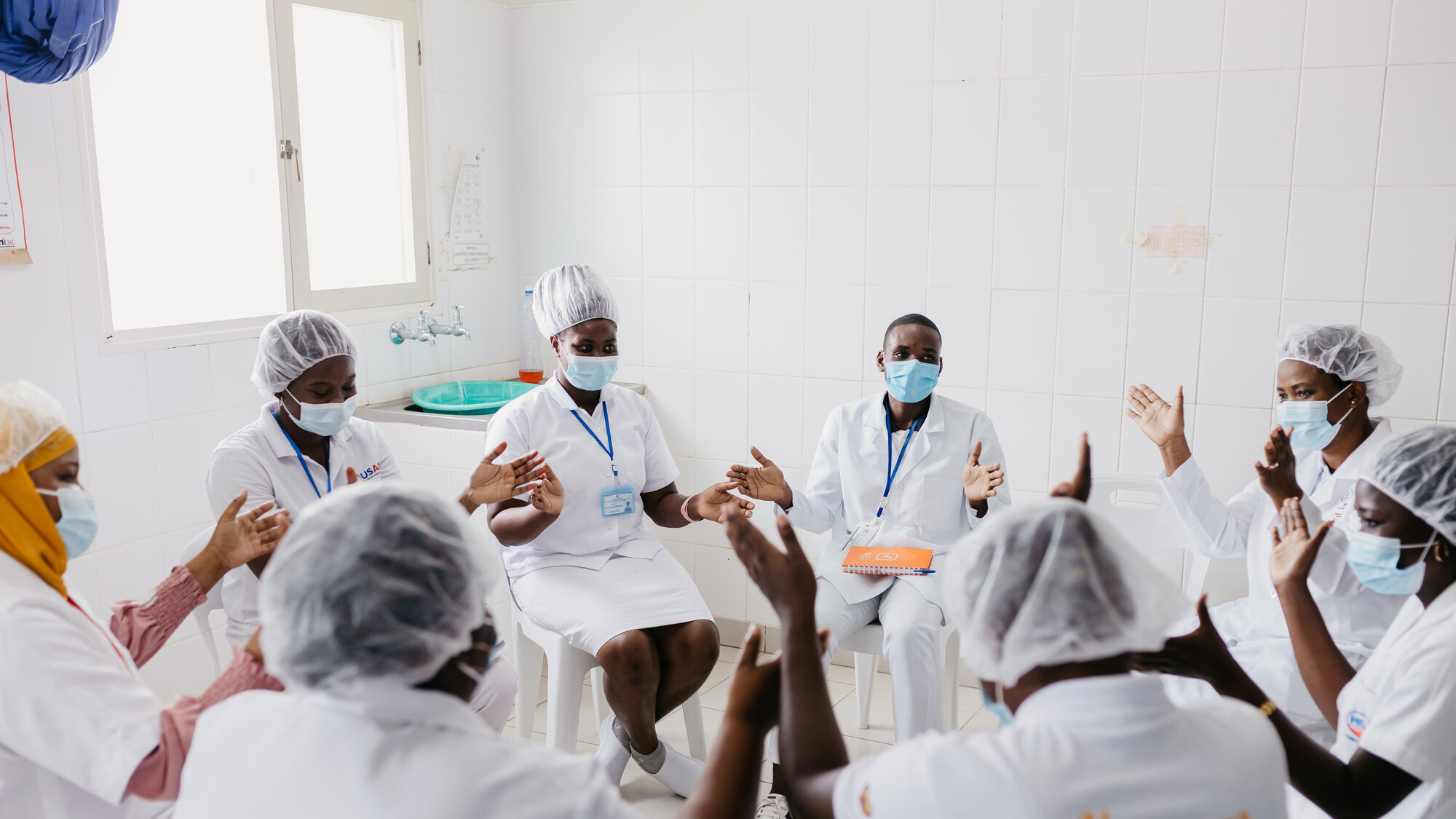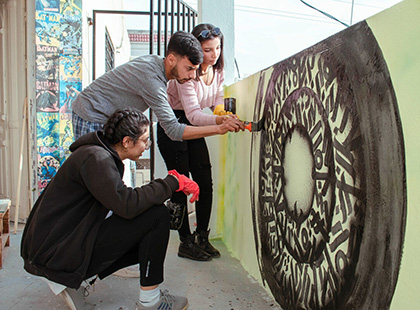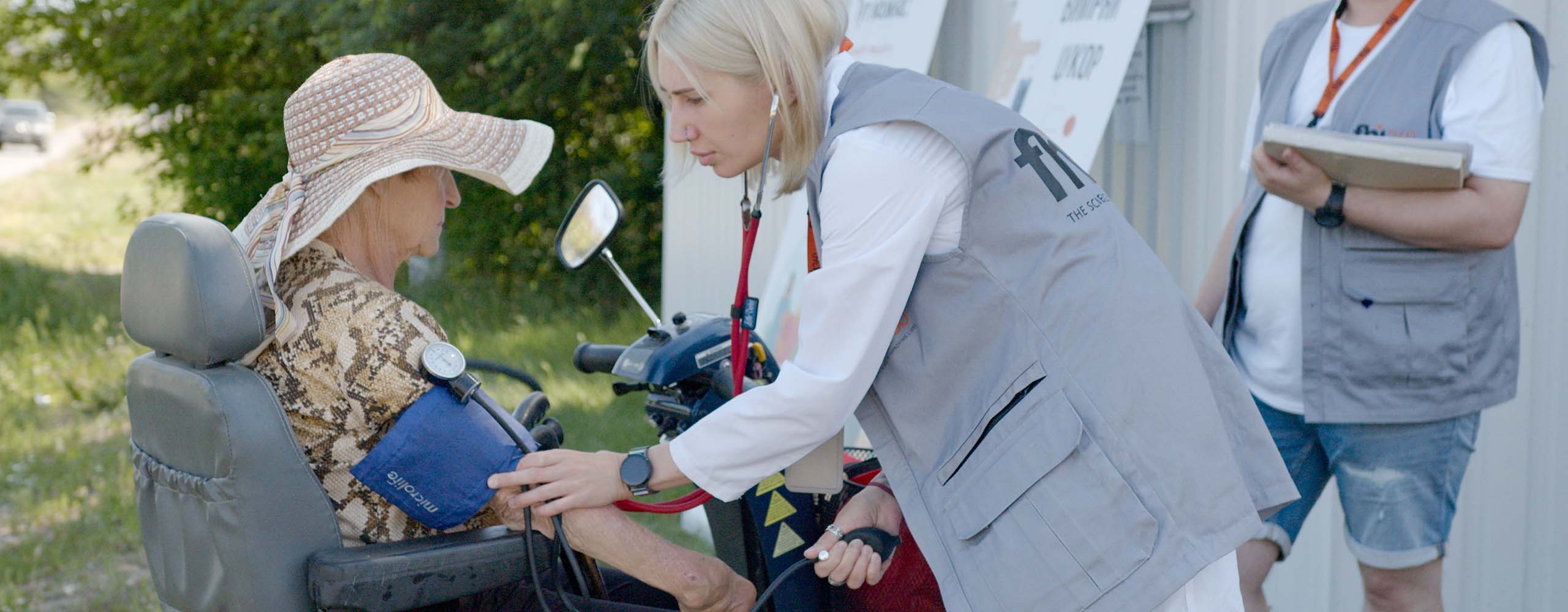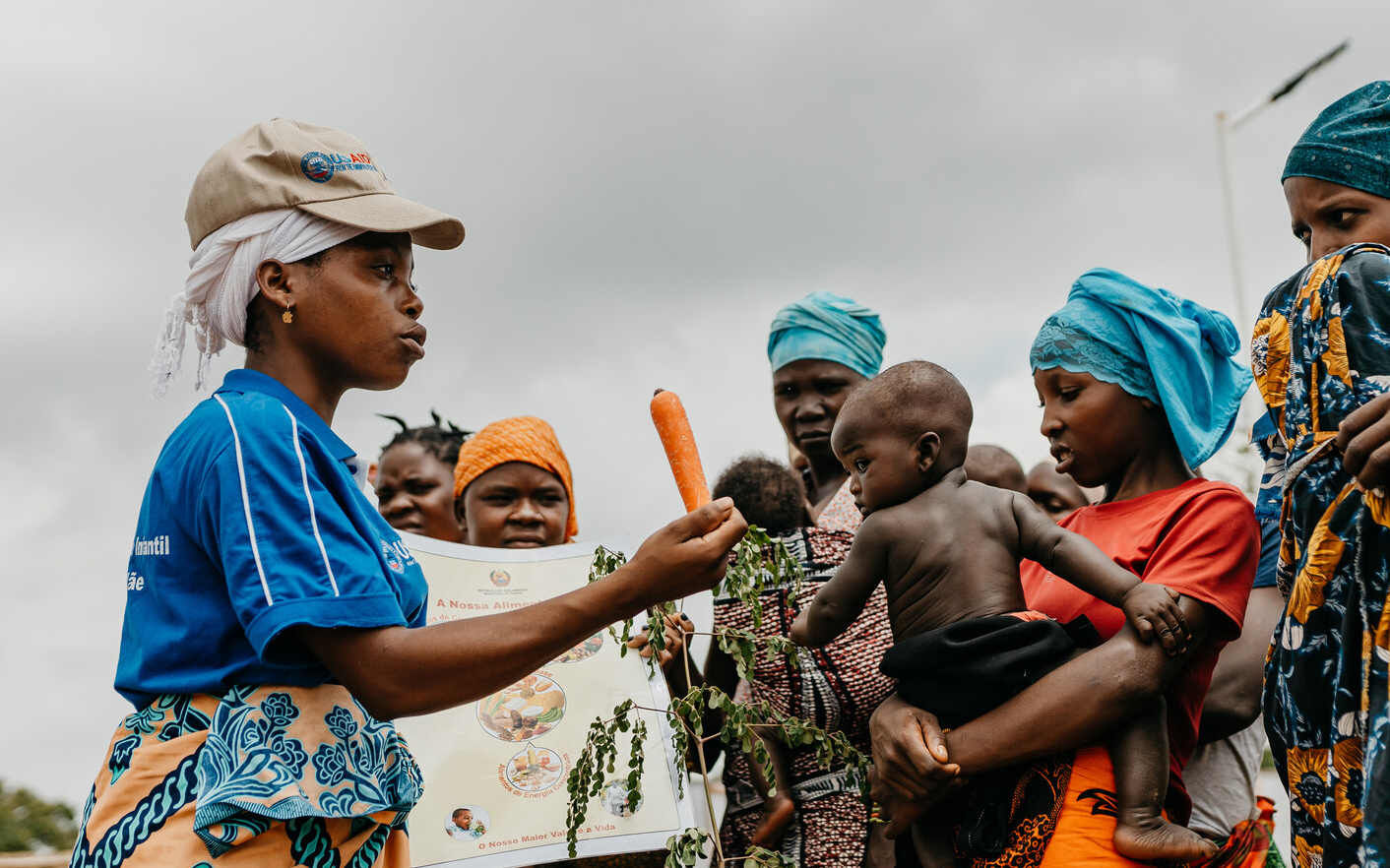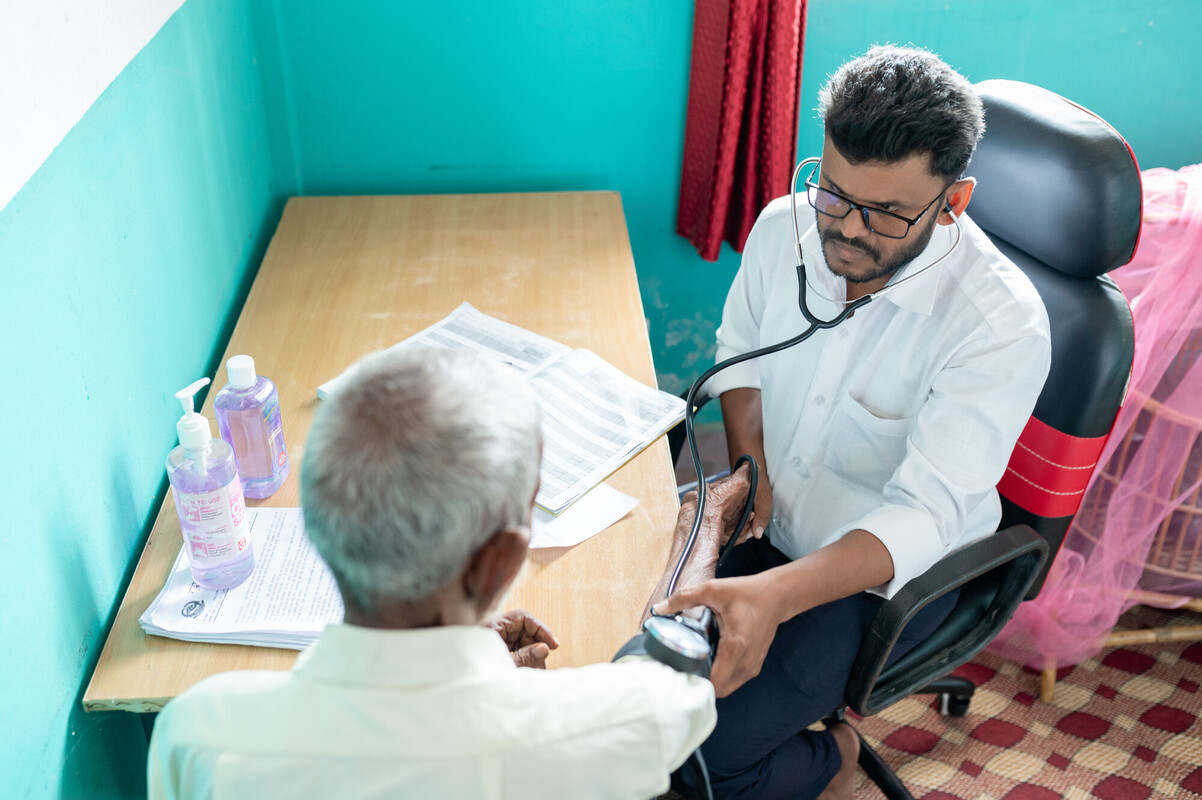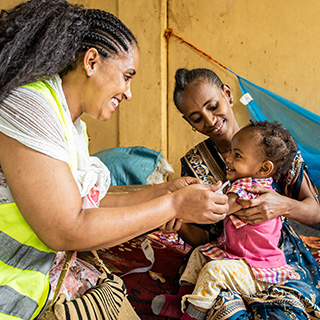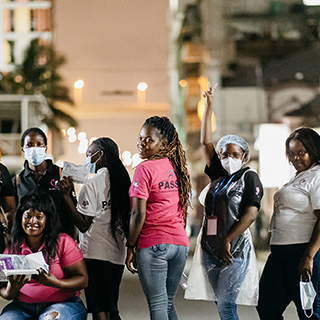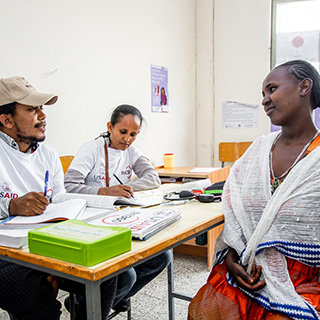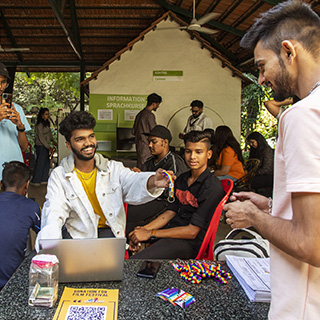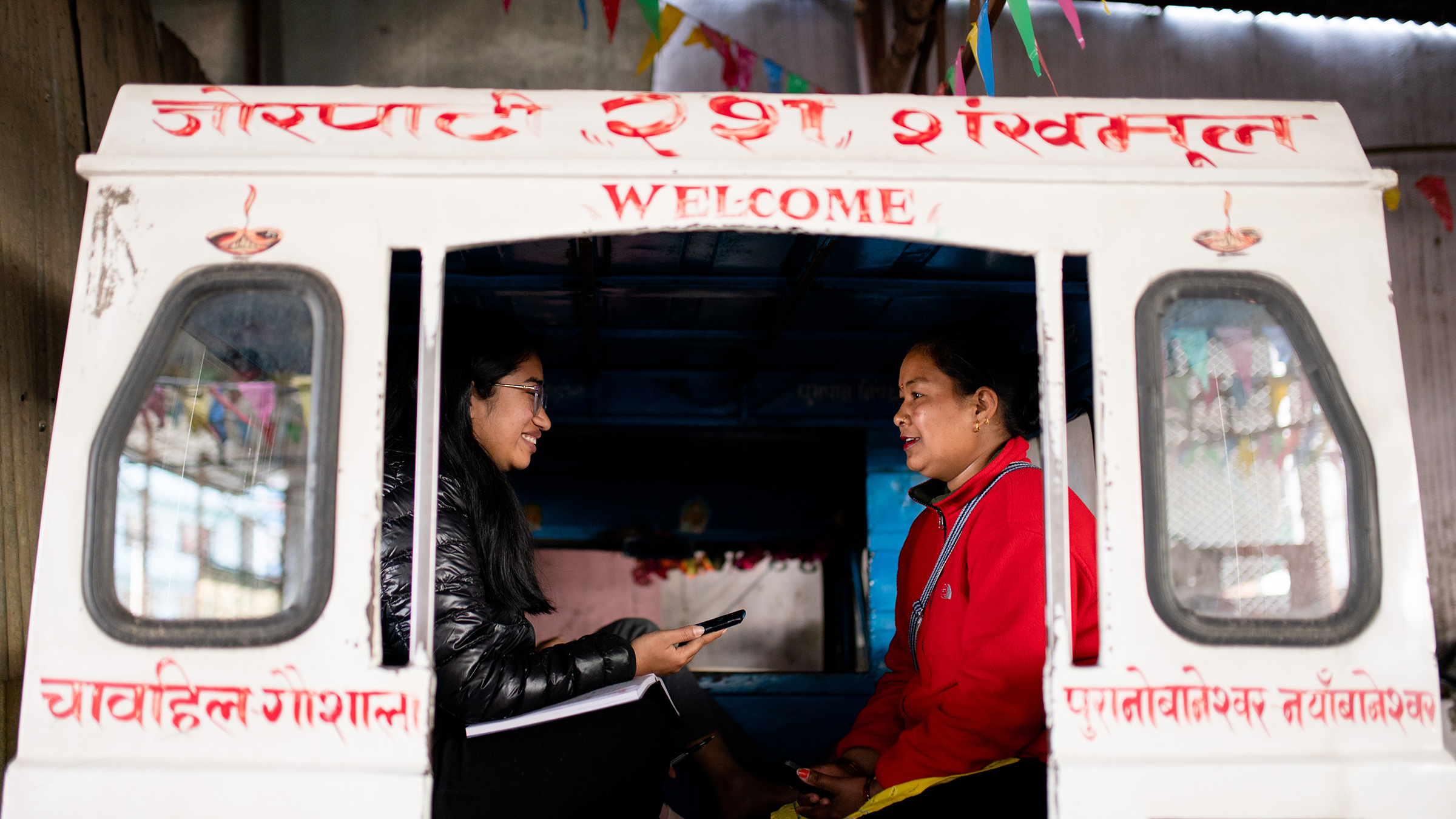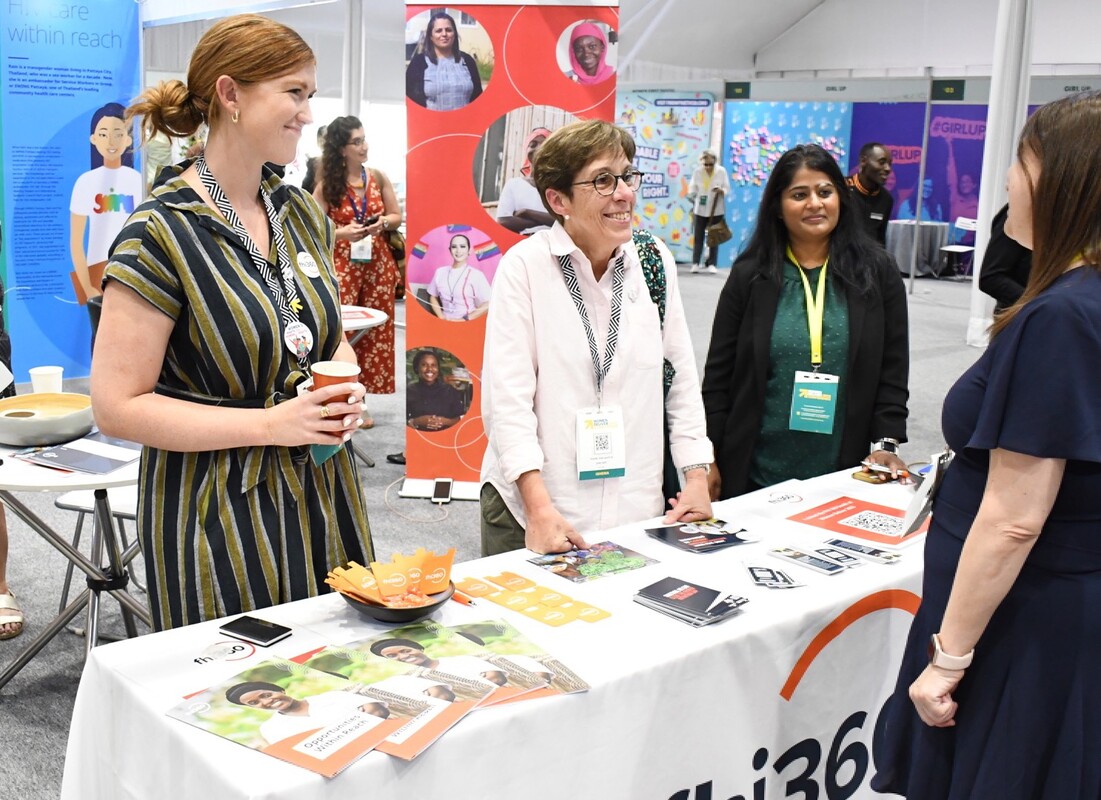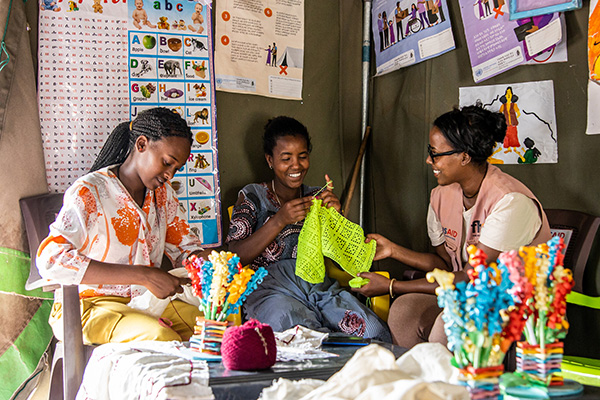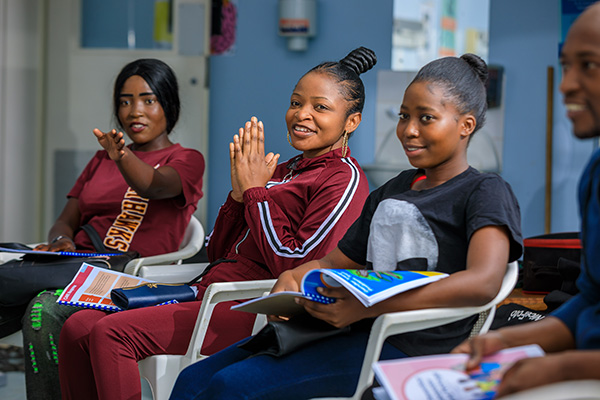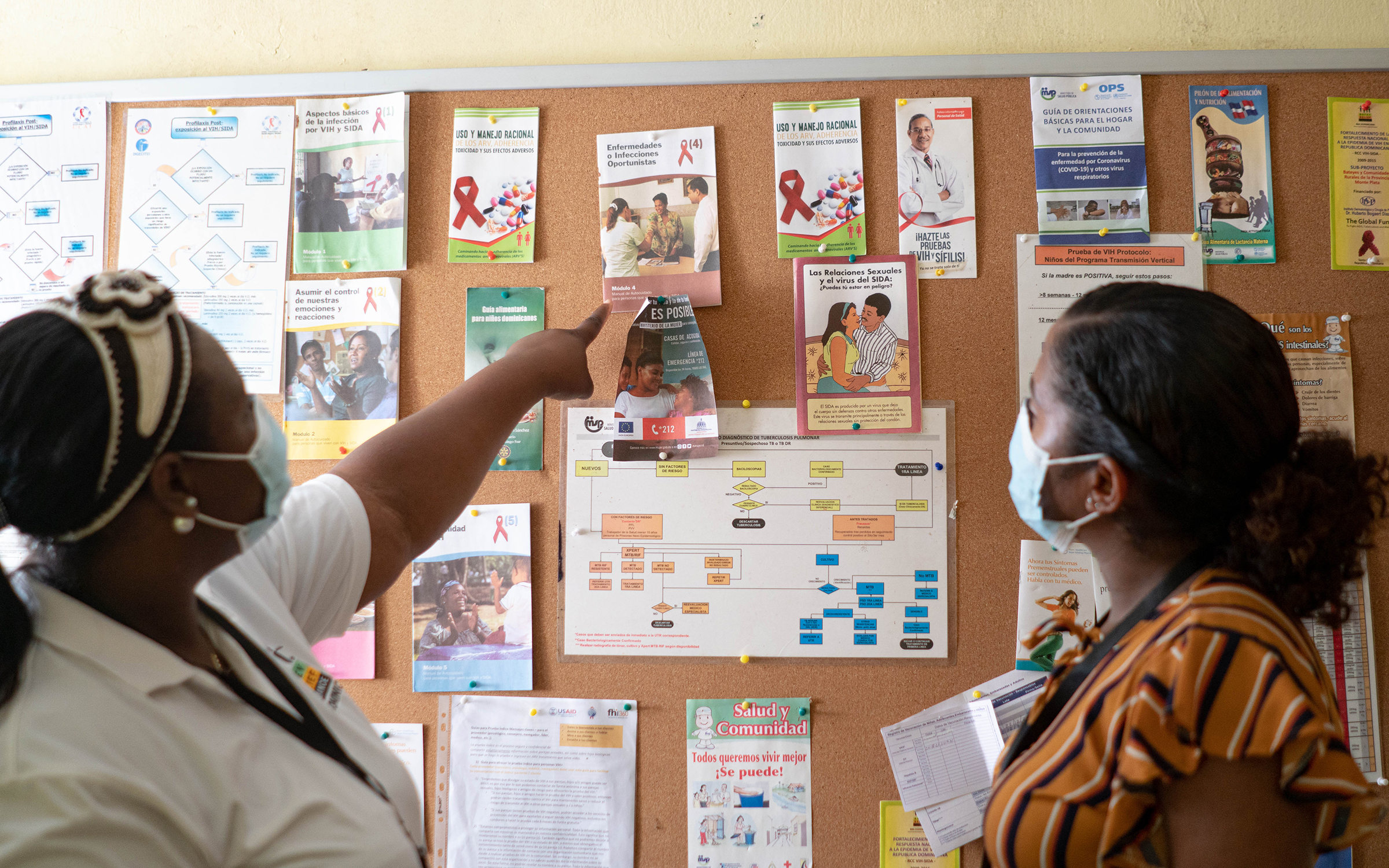September 2020 — The Communication for Healthy Communities project, funded by the U.S. Agency for International Development in support of the Uganda Ministry of Health and implementing partners from 2013 to 2020, designed and implemented high-quality, evidence-based social and behavior change communication (SBCC) interventions addressing HIV, unmet need for family planning, maternal and child mortality, malnutrition, and morbidity and mortality due to malaria and tuberculosis in Uganda. This five-part series of briefs highlights key accomplishments and lessons learned across the project’s intervention areas: coordination, capacity building, integrated programming, data generation and use, and targeted support.
OBULAMU Campaign Implementation Guide for Phase One: How’s Your Love Life?
2015 — This implementation guide supports the rollout of the phase one platform of the OBULAMU (How’s your love life?) campaign. The campaign is a series of innovative health communication interventions developed by the Communication for Healthy Communities project, funded by the U.S. Agency for International Development and implemented by FHI 360, the Uganda Ministry of Health and other implementing partners.
The guide provides an overview of the OBULAMU campaign with detailed information about phase one, which addresses young adults in relationships, persons living with HIV and other those at an increased risk for HIV ages 18–30. Phase one aims to improve the knowledge, motivation and risk perception, skills, norms and supportive environment of young adults in relationships so they can adopt relevant health behaviors on condom use, HIV testing and counseling, safe male circumcision, multiple sexual partner reduction, antiretroviral therapy adherence and discordance, pregnancy prevention, and tuberculosis testing and drug adherence.
The OBULAMU campaign is designed in four phases that follow a life-stage approach for audience focus. The other three phases, to be rolled out later in 2015, address pregnant women and their partners, male and female caretakers of children under 5, and adolescent girls and boys. Each phase also addresses persons living with HIV and other those at an increased risk for HIV.
Barriers and Coping Strategies with the Uptake of MCH/ANC-linked Services in a Selected Health Facility Catchment Area in Uganda: Findings of a Rapid Qualitative Assessment
January 2015 — Communication for Healthy Communities (CHC) conducted a rapid qualitative assessment with 107 women and men to assess barriers to uptake of antenatal (ANC) services. Women expressed a desire to protect the well-being of their unborn child, while men named the financial relief that comes with a safe pregnancy and delivery and a healthy child. The study revealed several behavioral factors affecting attendance at ANC clinics that can be addressed with social and behavioral change communication (SBCC) programming. For example, pregnant women’s fear of HIV test results related to social stigma and domestic conflict is a barrier to testing, pointing to a need to provide interpersonal skills building to health providers to prepare them to facilitate spousal dialogue. Findings are informing SBCC programming approaches for implementing partners across Uganda.
Contextual barriers, motivations, and coping strategies in the uptake of HCT and condoms among truckers and female sex workers in Busia Township, Busia District: Findings of a Rapid Qualitative Assessment
January 2015 — The Communication for Healthy Communities (CHC) project conducted a rapid qualitative assessment in 2014 with 25 truck drivers and 40 female sex workers in Busia, Uganda. The purpose of the assessment was to more closely understand the characteristics, decision-making factors, coping strategies and processes of those who adopt desirable HIV counseling and testing behaviors and use condoms and to document any specific barriers to adoption of these desirable behaviors. Findings suggested that truckers and female sex workers who effectively use condoms and regularly check their HIV status were motivated by a responsibility to their families, as well as their personal safety. These findings are informing the behavior change communication interventions being implemented by the CHC project.
Contextual barriers, motivations, and coping strategies in the uptake of HCT and condoms among fisherfolk in a fish landing site in Busia District
December 2014 — FHI 360’s Communication for Healthy Communities (CHC) project in Uganda conducted a rapid qualitative assessment among fisherfolk in Uganda’s Busia District to understand their risk behavior strategies to avoid HIV, in particular, their use of HIV counseling and testing services and condom use. The study also looked at the coping strategies of positive deviants, that is, persons who knew their HIV status and reported condom use at last sex. [Positive deviance is a problem-solving, community-driven approach that observes and adapts the solutions of people who use uncommon behaviors or strategies to resolve a problem.] The findings are informing the social and behavior change communication interventions that CHC is designing to address misconceptions about HIV prevention in fishing communities.
Findings: Action Media with Fisherfolk, Kesenyi Landing Site, Entebbe, Uganda
May 2014 — FHI 360’s Communication for Healthy Communities program led an Action Media workshop with fisherfolk in central Uganda to incorporate their perspectives into the development of HIV prevention tools, materials and approaches. Fisherfolk are one of the recognized those at an increased risk for HIV for HIV prevention in Uganda. The program will use the findings from this workshop, detailed in the report, to develop tools and materials for HIV prevention campaigns specifically for this group.
Contextual barriers and coping strategies for uptake of modern contraceptive services and commodities in a selected community in Uganda: Highlights from a rapid qualitative assessment
March-April 2014 — The Communication for Healthy Communities program conducted an assessment in one district in Uganda where low uptake of modern contraceptives is accompanied by high unmet need for family planning. The research used focus group discussions and in-depth interviews to identify barriers to uptake of modern contraceptives. The decision-making considerations of successful users of modern contraceptives were of particular interest. The results from this study were analyzed using the four cross-cutting levels of the Socio-Ecological Model: information, motivation, ability to act, and perceived social and gender norms. Read the report to learn about recommendations for social and behavior change communication programming to help reduce barriers to family planning services and products.
